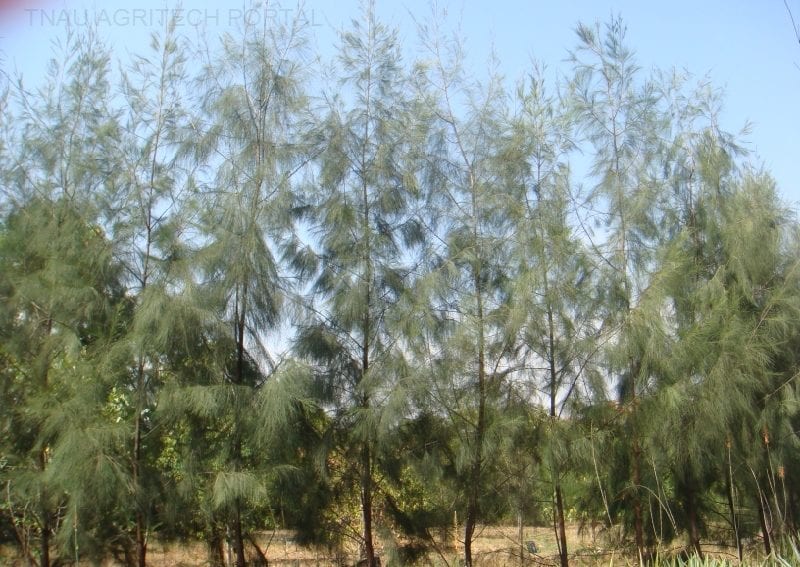By: Sandhya Sekar
Send to a friend
The details you provide on this page will not be used to send unsolicited email, and will not be sold to a 3rd party. See privacy policy.
[THIRUVANANTHAPURAM] Injudicious site and species selection while planting 'bioshields' — plantations that protect coastlines against natural disasters — could be ecologically damaging in the long term, a study warns.
Catastrophic cyclones and a devastating tsunami over the last decade have prompted the planting of bioshields, but whether they actually work to protect the coastline remains unanswered, the study published online in February in Acta Oecologica says.
Bioshields range from pristine ecosystems of mangroves to plantations of such species as Casuarina equisetifolia or ‘whistling pine’. After the Indian Ocean tsunami in December 2004, governments across South Asia launched large-scale planting of bioshields as part of coastal restoration efforts.
Nibedita Mukherjee and colleagues from Université libre de Bruxelles, Brussels, and the Centre for Ecological Sciences, Indian Institute of Science, Bangalore, surveyed coastal districts in the southern Indian states of Andhra Pradesh, Tamil Nadu and Kerala and interviewed key persons involved in formulating the bioshield policy and implementing it.
The survey found a general lack of awareness about conservation laws relating to coastal forests. While India's state forest departments have traditionally planted trees along the coast since the 1950s, post-tsunami planting initiatives were taken up largely by non-governmental organisations with external funding.
The study found that the funding mostly supported plantations of casuarina, a species not native to India and of unproven value. “Many of us are not sure if it is useful or simply a drain on resources,” lead author Mukherjee tells SciDev.Net.
The survey found that the motivation behind planting casuarinas included rural employment and generation of fuel wood. Some plantations were established more than 15 kilometres from the coast, rendering them ineffective as bioshields, the report says.
“Post-tsunami funds were ostensibly for conservation, but the entire idea of conservation has been subverted by using the funds for planting exotic (species),” says Harini Nagendra, professor at the School of Development, Azim Premji University, Bangalore. “No thought has been given to the actual needs of this restoration.”
Several plantations turned out to be one-time events with funds drying up after establishment so that there is little monitoring. “Accountability is strongly lacking,” says Mukherjee.
More than 247 million people in poor countries live in coastal zones vulnerable to climate change. “It’s crucial to protect the natural coastal ecosystems — sand dunes, sea grasses, coral reefs and mangroves — as they form a first line of defence against disasters,” says Mukherjee.
> Link to paper in Acta Oecologica
This article has been produced by SciDev.Net's South Asia desk.














